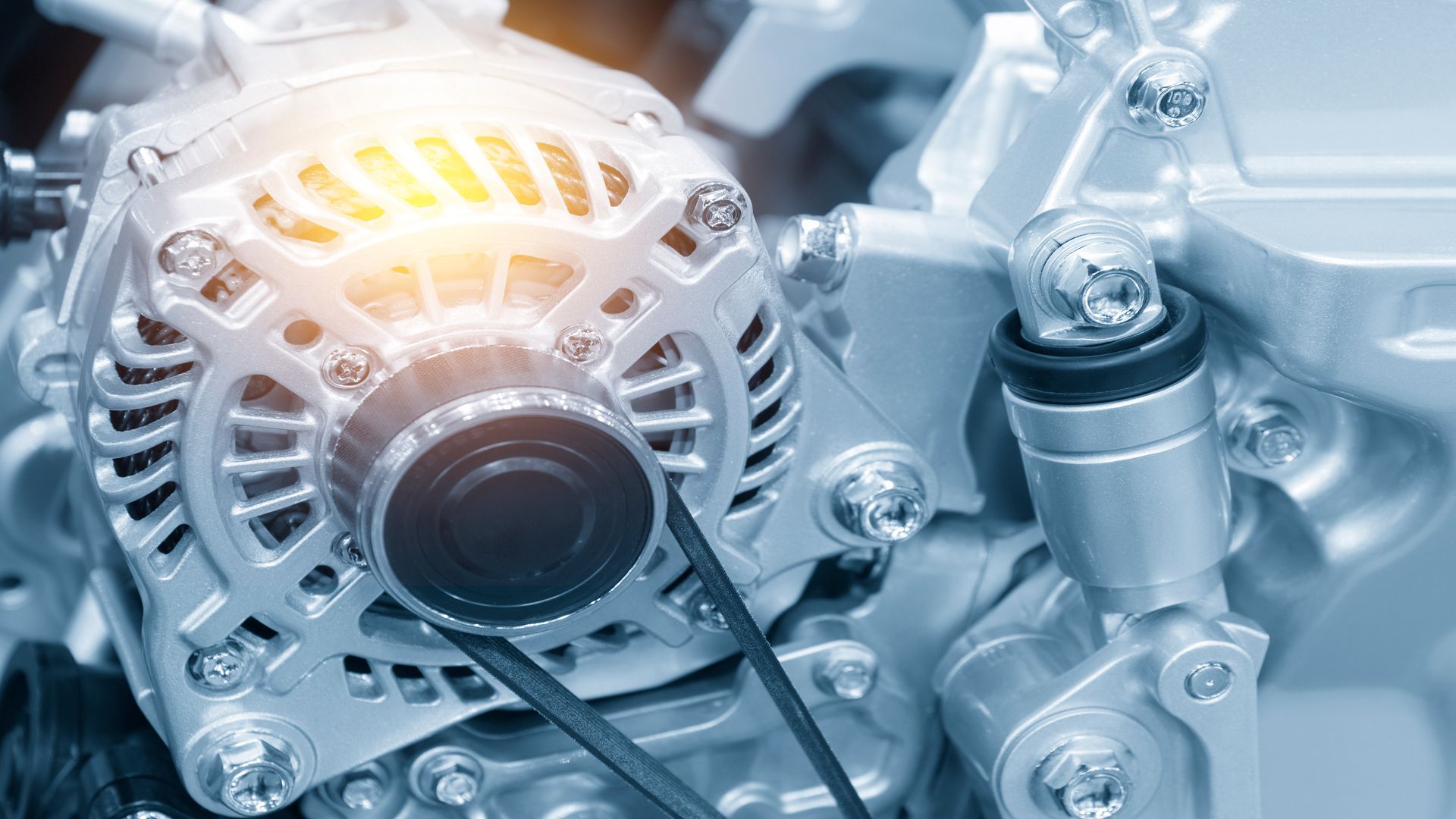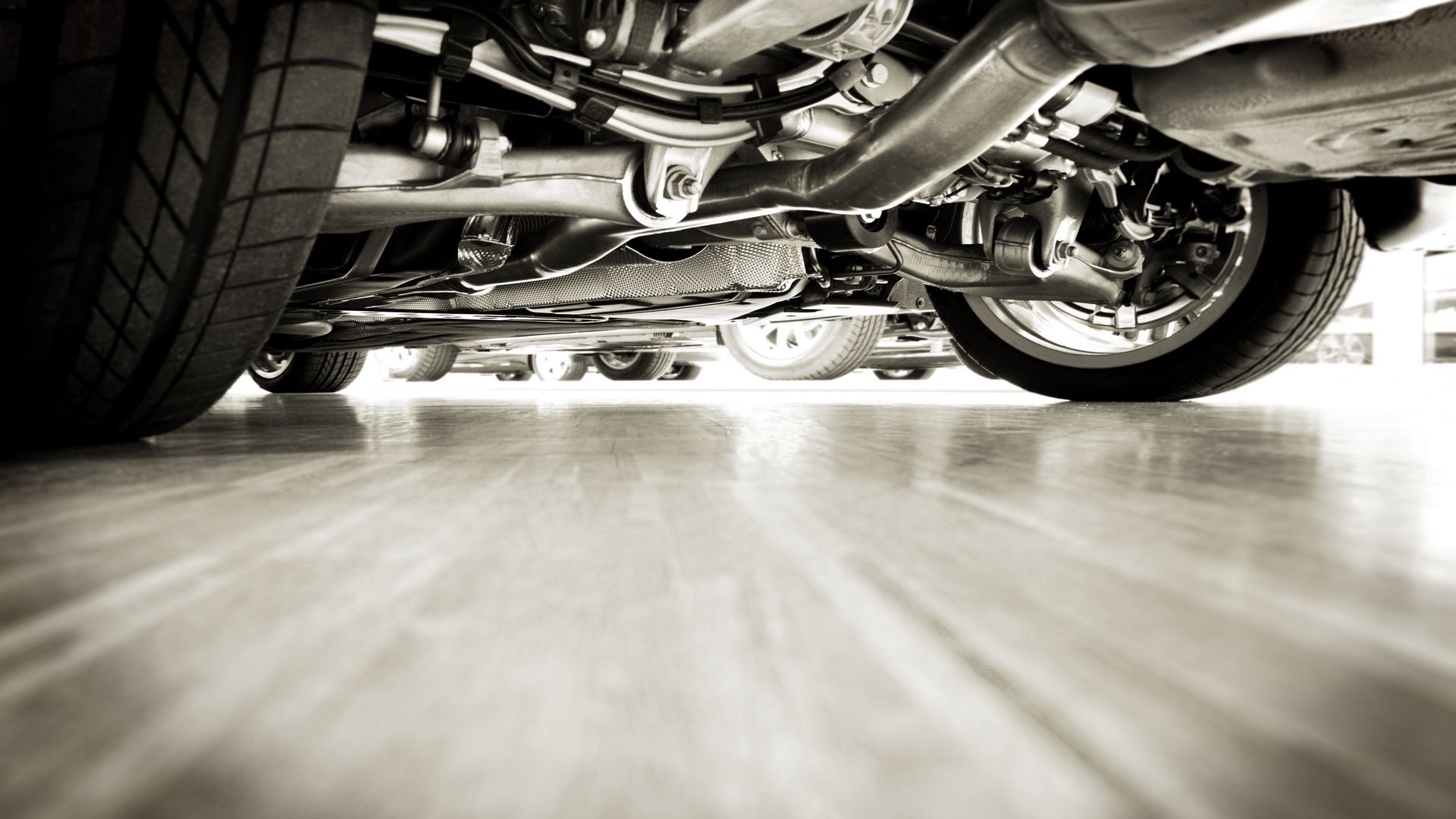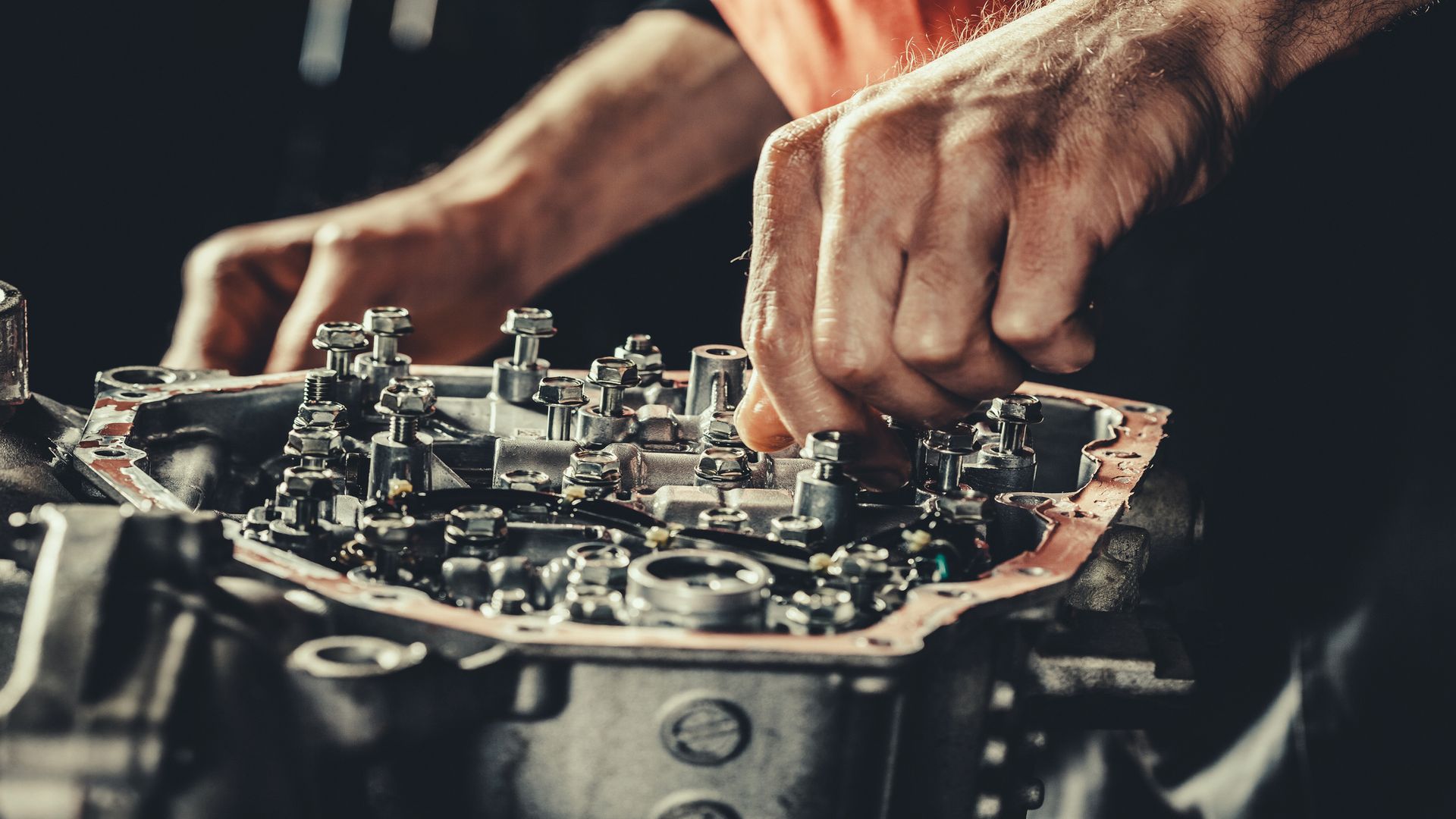OEM, Genuine, Pattern And Aftermarket Parts: What's The Difference?

If you've ever done a sort of car parts shopping online, chances are that you'd have chanced upon the terms "OEM, Genuine or Aftermarket".
Dodgy sites may even use these terms, especially the former two, interchangeably. As a car ages, you'll need to start replacing consumables. Original parts can be costly, so independent parts retailers can be seen stepping up to provide affordable, non-genuine replacements.
The longer a car has been on sale, the greater the aftermarket support for it, as non-OE manufacturers would have had more time to develop their own bits for the vehicle. Sourcing your own parts can yield some pretty significant savings, especially if your car is due for a major overhaul. But if you're unfamiliar with what each term actually means, we'll break it down in this article, so you can make a proper, informed decision!
Genuine Parts
 (Photo Credits: Teton Toyota)
(Photo Credits: Teton Toyota)
We're sure this is fairly self-explanatory. These are bits that have been manufactured either directly by the automaker itself, or by a licensed third party contractor appointed by the carmaker.
Production of these parts are strictly regulated by the automaker, and as such, they will be built according to the design specifications. This means that the part should perform as per the original design intent.
Do note that if your car is still covered under its original manufacturer's warranty, using non-genuine components may result in it being voided. In any case, opting to utilise genuine replacements will yield repeatable and reliable performance, factors that may not be guaranteed with aftermarket parts!
OEM Parts

OEM and genuine parts are mechanically identical, sans the branding of the latter. They are often manufactured by the same third party contractor as appointed by the manufacturer but distributed independently of your automaker.
Without the need to fulfill contractual and branding obligations, these parts are often more affordable than their genuine counterparts. This is your best bet if you're after solid, reliable componentry, minus the price tag an original item would cost.
Again, buyer's beware here - your car's warranty may be voided if you use non-genuine parts.
Aftermarket Parts
 (Photo Credit: Red Bull)
(Photo Credit: Red Bull)
Aftermarket parts are bits produced independently by a third-party company with no ties to a manufacturer. This means that they are free from any restrictions that OEM and genuine parts would be subjected to.
However, there is a con with this arrangement. To be clear, quality aftermarket parts have been used for years to tune and modify production cars. There are tuners that have attained legendary status for creating cars with performance far exceeding what they were originally designed for.
The prevalence of lower-quality parts means the reputation of the aftermarket can be less than satisfactory, especially if you've spent any length of time on internet forums. Bits with lower price tags may be made from lower-grade materials to looser quality control standards, for overall sub-par fitment.
Pattern Parts

Pattern parts are parts that have been reverse-engineered by a third party. Unfortunately, if you happen to drive an older vehicle, chances are that even the aftermarket parts supply would have dried-up.
You may, therefore, only be able to resort to using pattern parts to service your car. Again, it's buyer's beware - whilst there are manufacturers creating replacements out of higher quality metals than what the original car came with, you're more likely to find parts of a decidedly more dodgy nature online instead.
"What Do I Choose?"

Where possible, genuine or OEM parts should be used if you'd like to maintain the originality and reliability of your stock car.
If you like to push the performance envelope, quality aftermarket parts can be your best bet in extracting more 'go' from your ride. However, do note that it is wise to incrementally upgrade your vehicle - big changes in one aspect of a car's characteristics and increase the rate of wear-and-tear in other, non-modified components.
Whilst we suggest you steer clear of pattern parts, it can be a viable option for those daily driving young-timers. As OEM parts become increasingly valuable, it really only makes sense for those obsessed with preserving the car's heritage. As long as you stick to a reputable source, quality should not be a huge issue.
If you want any recommendations as to where to fix your car or where to buy these parts, do visit our motor directory.
Super App for
Vehicle Owners
Read More: The Cheapest Cars You Can Buy In Singapore Right Now
Download the Motorist App now. Designed by drivers for drivers, this all-in-one app lets you receive the latest traffic updates, gives you access to live traffic cameras, and helps you manage LTA and vehicle matters.
Did you know we have a Motorist Telegram Channel? Created exclusively for drivers and car owners in Singapore, you can get instant info about our latest promotions, articles, tips & hacks, or simply chat with the Motorist Team and fellow drivers.
